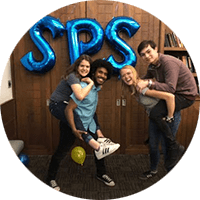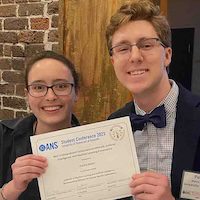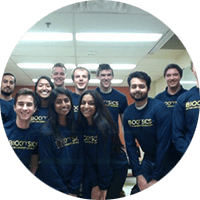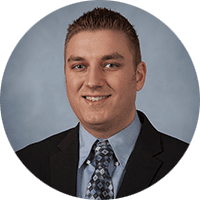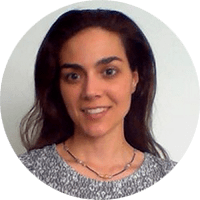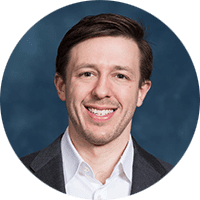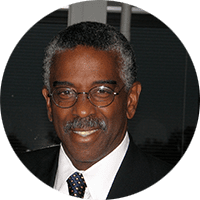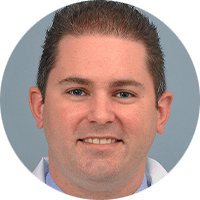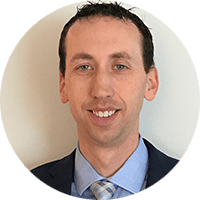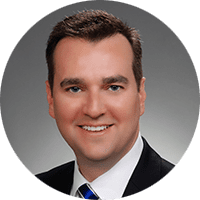

Contact an Advisor:
Michelle Sonderman
Undergraduate Program Manager
Nuclear Engineering & Radiological Sciences
PREPARE FOR PHYSICS-BASED RESEARCH AND DEVELOPMENT IN A TECHNICAL FIELD OF YOUR CHOICE.
Engineering Physics (EP)
en·gin·eer·ing phy·sics
A combination of strong physics education with an individually-chosen engineering discipline.
Also Known As: Physicist, Applied Physicist, Scientific Entrepreneur, Scientist, Government Officer, and many more
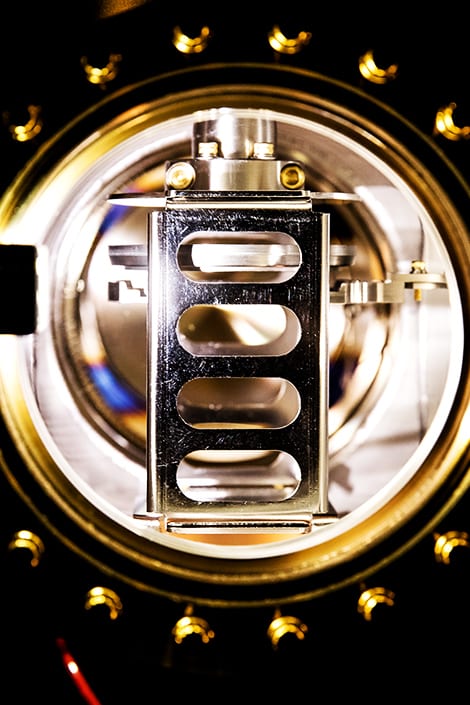
WHY EP AT MICHIGAN?
High degree of flexibility: Good for motivated students who are driven to a specific field of interest, to define their own research, and want a strong physics background.
Individualized Study: Students define their own curriculum and define core 20 credits with faculty advisor, which may include research within the College of Engineering or in a science department.
Research: Many Engineering Physics students carry out research in their focus areas. Reach out to any of your professors to get involved in their research project, or join a student organization that focuses on a subject you’re passionate about.

We work in teams to advance scientific knowledge by studying the laws of nature and applying them to vast fields such as fiber optics, electronics, medicine, nuclear energy and policy.
ACADEMIC FOCUS AREAS
Sample Course List
First-Year
First-Year
-
Fall Semester
- Calculus I (Math 115)
- Engineering 100
- Chemistry (125/126 and 130 or 210 and 211)
- Intellectual Breadth
-
Winter Semester
- Calculus II (Math 116)
- Engineering 101
- Physics (140 and 141)
- Intellectual Breadth
Sophomore Year
Sophomore Year
-
Fall Semester
- Calculus III (Math 215)
- Physics (240 and 241)
- Principles of Engineering Materials (MATSCIE 250)
- Intellectual Breadth
-
Winter Semester
- Differential Equations (Math 216)
- Waves, Heat, and Light (Physics 340)
- Electrical Circuits (EECS 314/215)
- Intellectual Breadth
Junior Year
Junior Year
-
Fall Semester
- Methods of Theoretical Physics (Physics 351)
- Modern Physics (Physics 390) or NERS 311
- Physics Lab Elective
- Engineering Elective
- General Elective
-
Winter Semester
- Intro to Mechanics (Physics 401)
- Math, Physics, or Engineering Course
- Engineering Elective
- General Electives
Senior Year
Senior Year
-
Fall Semester
- Electricity and Magnetism (Physics 405)
- Math, Physics, or Engineering Course
- Engineering Elective
- General Elective
-
Winter Semester
- Statistics/Thermal Physics (Physics 406)
- Engineering Elective
- Engineering Lab Elective
- General Elective
Individualized schedules will be made by students in consultation with an advisor who will tailor their classes to better fit the student's needs.
Alumni Biographies
Each of these alumni are real people who were once in your shoes, deciding a major. Explore their path and how a Michigan education set their life in motion.
Not sure what major to choose?
Tap into our network of 85k+ engineering alumni. Do you have questions you’d like answered? Our alumni are always eager to talk about engineering.
(Current and admitted UM students only.)
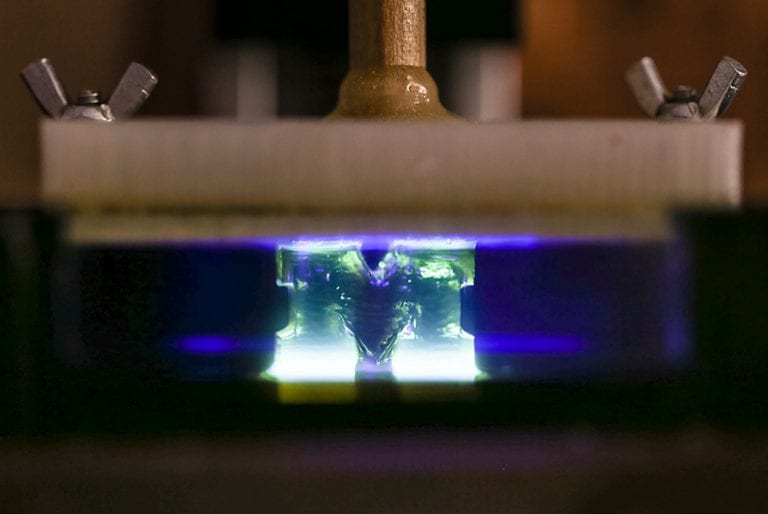
Industries & Occupations
- Graduate School
- Research and Development in High-Technology Industries
- National Laboratories
- Federal Government

 Michigan Engineering | University of Michigan
Michigan Engineering | University of Michigan 